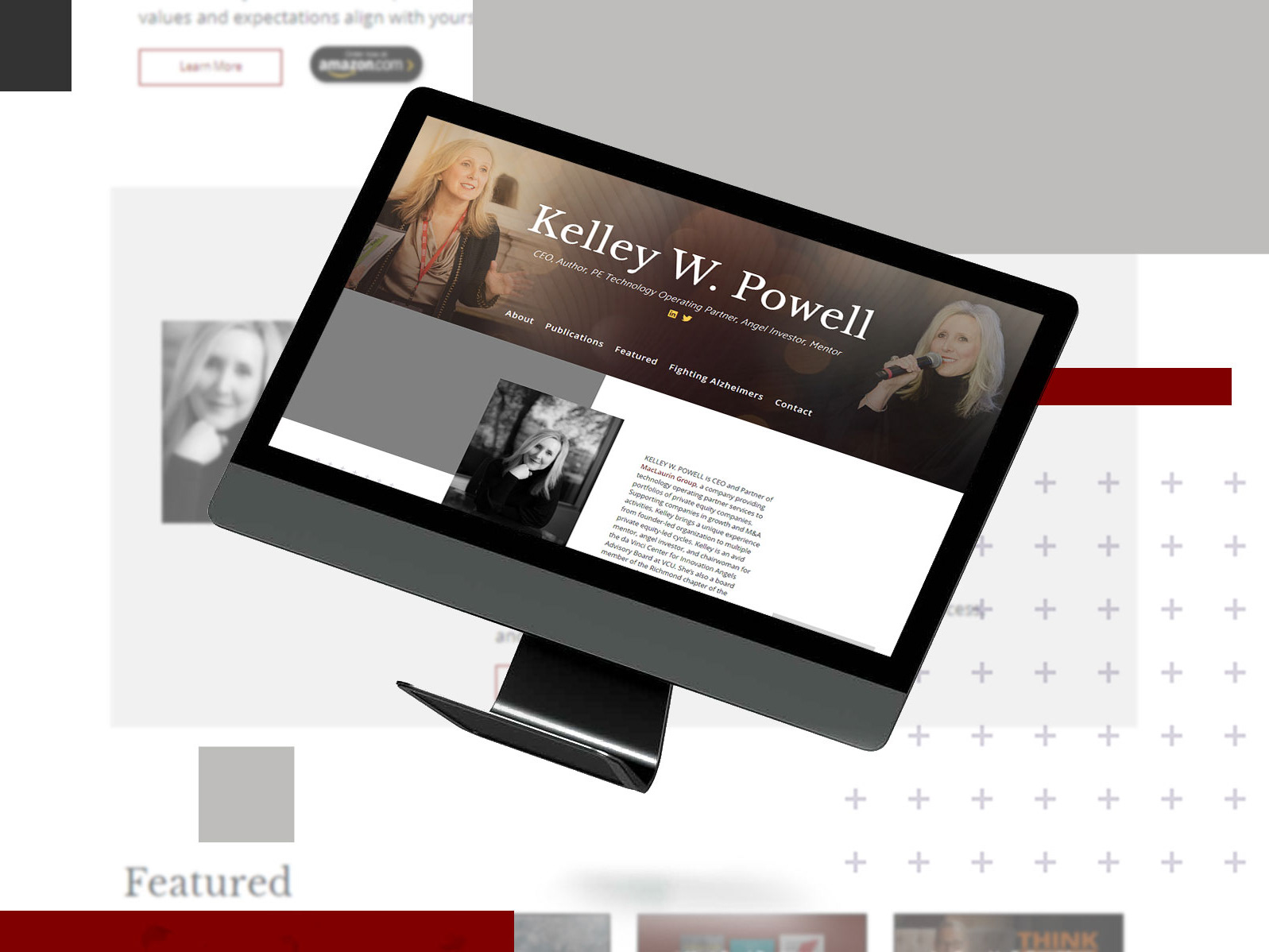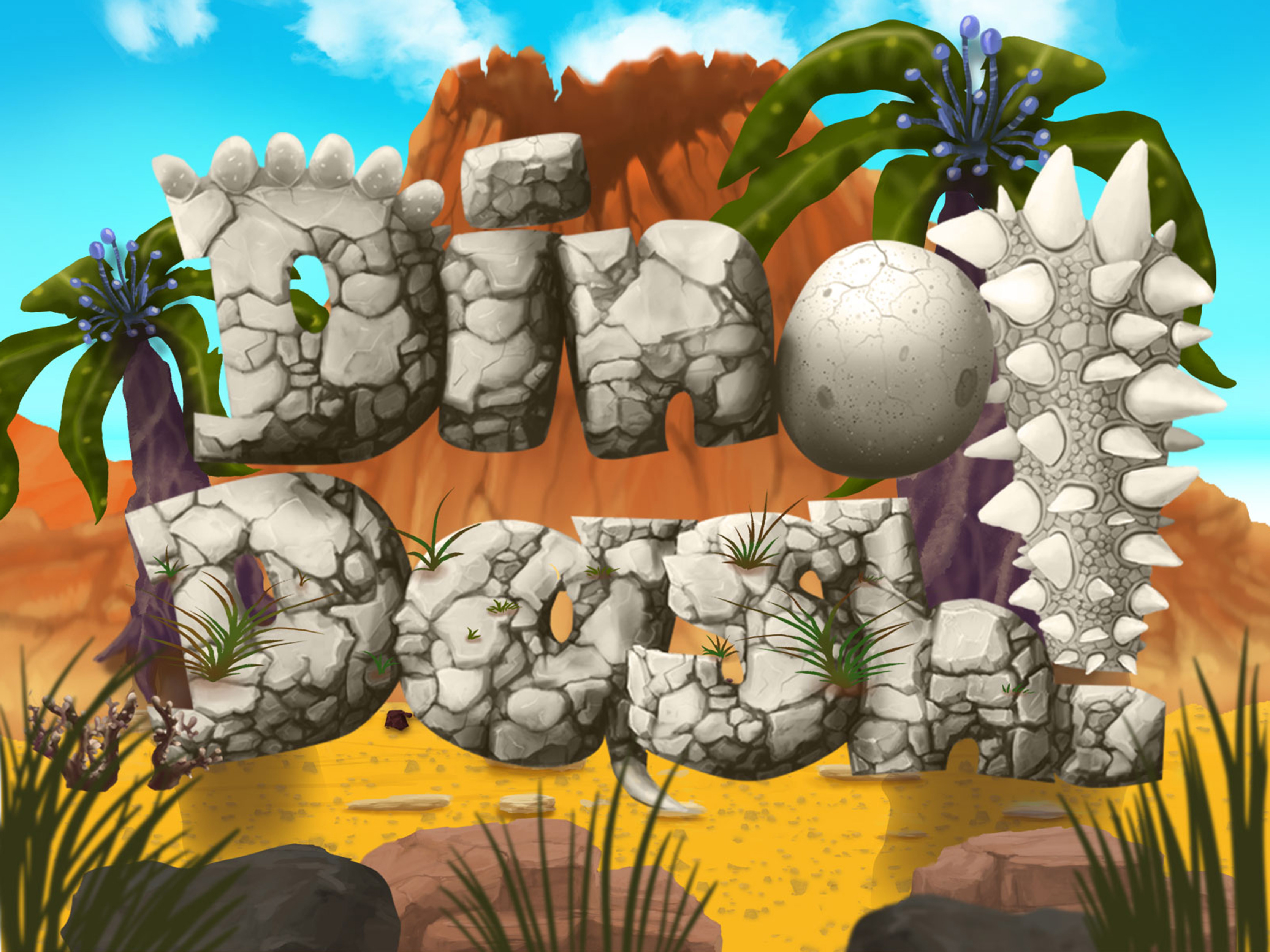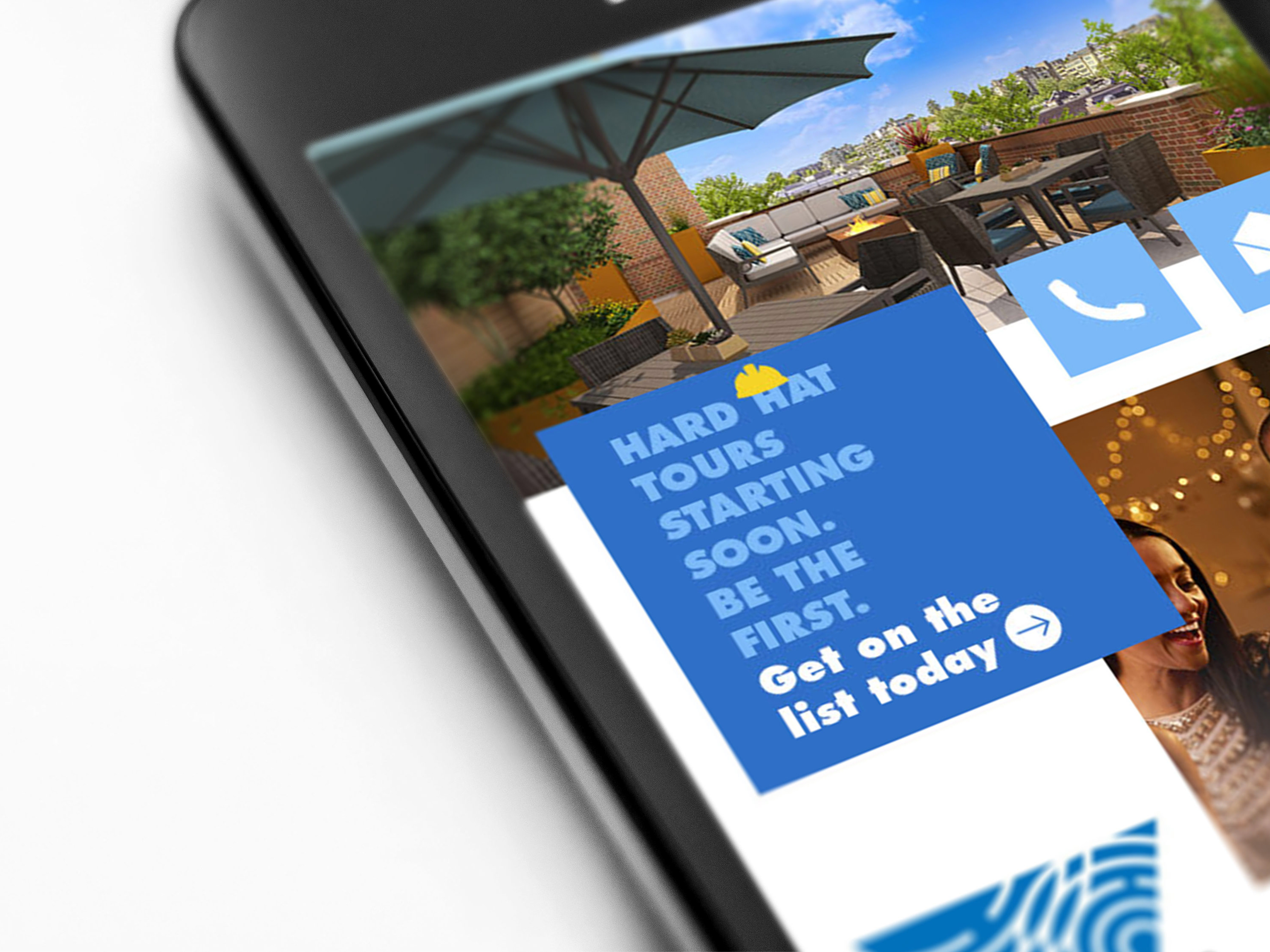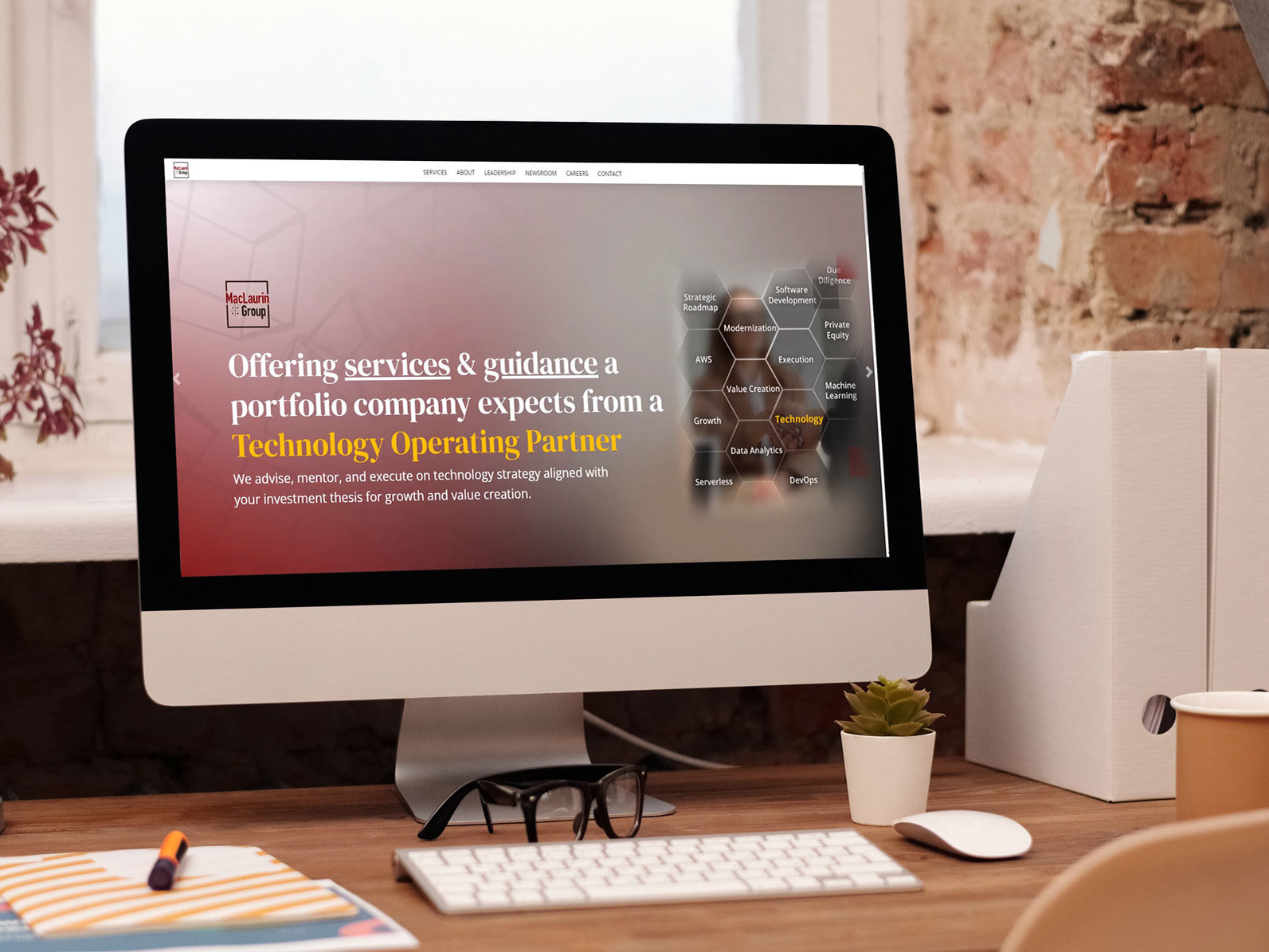The client designs, develops, and markets multimedia online safety training courses. These courses are used by corporations, government agencies and the general public.
This client had established a loyal client base building highly manual and labor intensive custom implementations. We architected & rebuilt the 20 year old proprietary software solution to a serverless, microservice, AWS cloud native solution for scale.
The Issue
Imagine if you have been using the same system for 20+ years without any major updates. It would be extremely frustrating and time consuming to be using the same methods that can no longer handle the demand of onboarding new clients while simultaneously keeping up with frequent user support requests.
Why is this an issue?
It’s not a bad problem to have to make room for new clients because your business is successful. The problem lies in where the customer service staff can’t handle the demands of onboarding and keeping new clients. The system that has grown the business can no longer scale to support business needs and objectives for growth ahead. Not only are the employees frustrated by the limits within their system, but the clients are now frustrated.
lo-fi wireframe sketches of admin dashboard and client dashboard
wireframes of welcome screen and user dashboard
The Resolution
The system needed to migrate to a standard programming interface consisting of new programming languages and a new operating system. It would be easy to train new employees to use the system, harboring a faster workflow. Programs would be able to update with ease, without having to rewrite or customize per client.
The Process
01 Development
In order to maintain productivity and keep track of goals within the project, we used a project management program, which was shared within the development team and client. This way, the client could see our real time progress and make suggestions/address changes within the workplace program.
Once we had submitted our code to the assigned branch, we would then merge the branch to the staging environment. This allowed us to perform testing within the staging environment. I worked alongside the development team to address and resolve any issues that came up during testing.
02 Visual Identity
03 Visual Design
The main focus for me was on the functionality and user experience of the Learning Management Software. That meant creating an interface that was industry standard and would be recognizable to any user logging in while making the UI look appealing. I wanted the style of the interface to be approachable and straightforward with no frills. There is a lot of information that the admins have to view at once in this software for their clients. The design needed to be consistent and not overwhelming.










